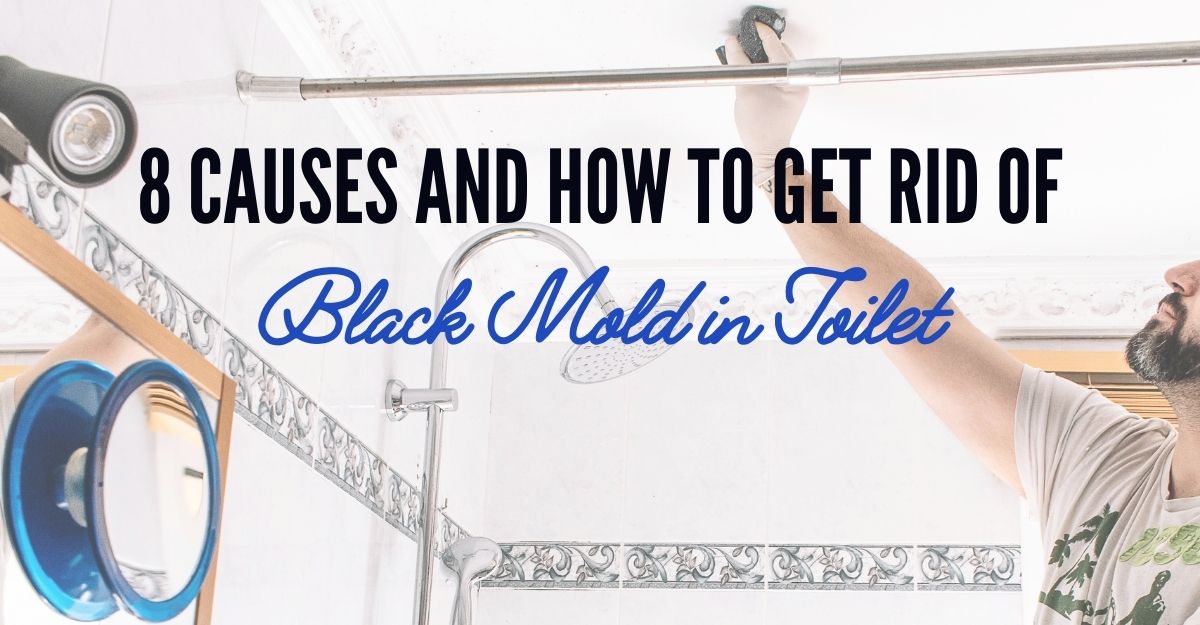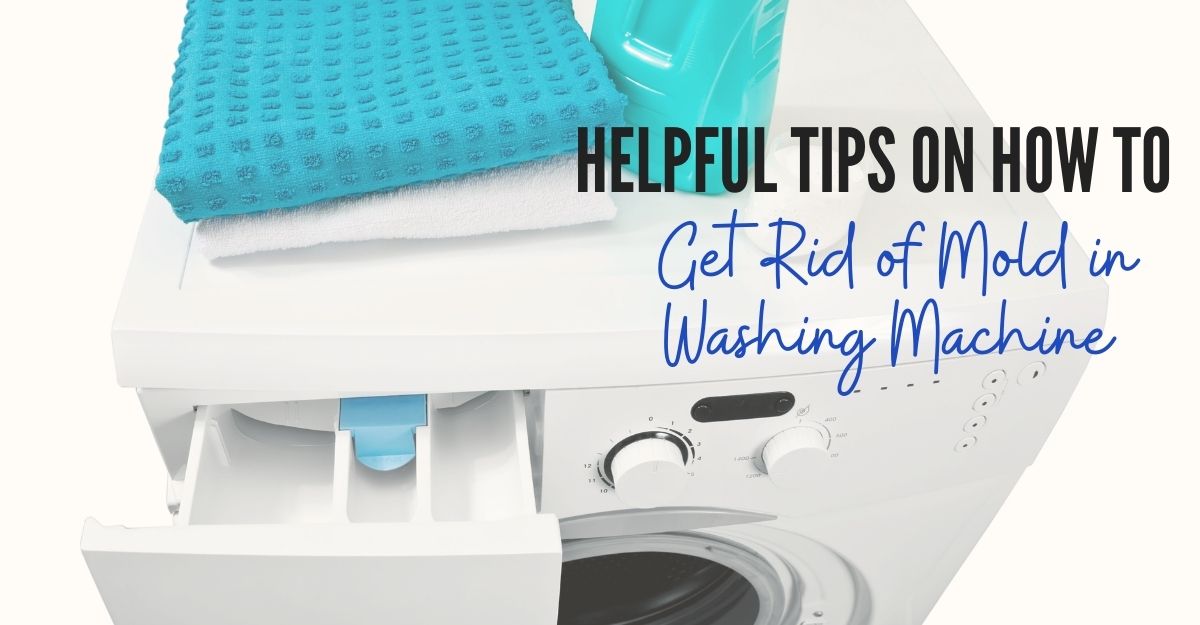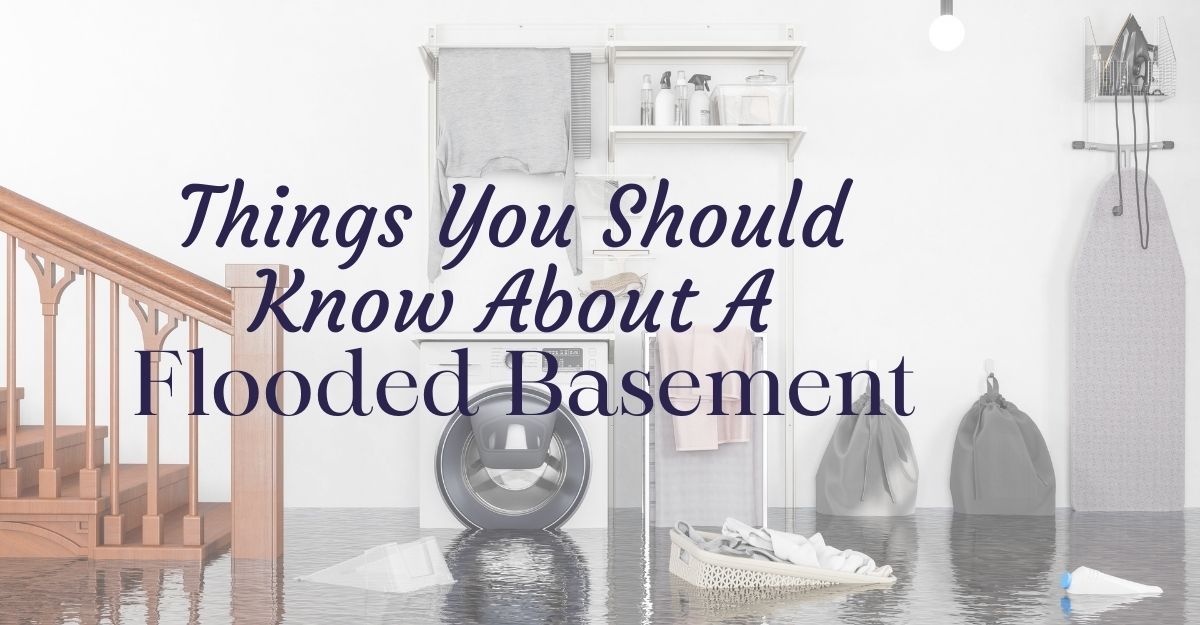This is the season that your fireplace is one of the most useful equipment in your home. But, remember that heating equipment, like your fireplace, is one of the most leading causes of fire damage at home. In fact, according to NFPA, 42% of home fires in winter account for fireplace accidents.
So, to prevent property damage and injuries, follow these safety guidelines.
General Fireplace Safety Guidelines
Fireplace safety at home is a matter of proper precautions and maintenance.
1. Have your fireplace inspected professionally
At least once a year or before using it in this season, hire a professional to inspect your fireplace. A professional will go through the areas of your fireplace and chimney to check any potential damage or danger such as malfunctioned damper, broken or missing bricks, damaged roof flashing, cracked or deteriorated chimney liners, etc.
2. Hire a certified sweep to clean your fireplace and chimney
Over time, creosote and soot can get accumulated on a chimney. If not removed, they can cause a vast fire that can lead to home fires. Moreover, remember that debris or other things that block the chimney or flue can lead to inadequate venting causing toxic fumes to spread in your entire home. Thus, hiring a professional sweep can prevent you from facing all these troubles. A qualified fireplace sweep uses a special brush to clean and remove any blockage. They will also clean the smoke chamber, smoke shelf, flue, and firebox. To ensure that your fireplace is safe to use, a chimney sweep will run a smoke test.
Fireplace Safety Tips
To ensure the safety of everyone in your home and prevent fire damage, follow these simple yet crucial steps when using a wood-burning fireplace;
1. Check the chimney cap regularly.
If you see any signs of damage, repair or replace it. If the chimney has no cap on its top, make sure to place one that is fitted with the mesh sides to prevent animals or debris from going inside your chimney.
2. Keep the burning fire attended.
If you have to leave your home or go to bed, make sure that the fire is properly extinguished.
3. Keep your eye on your children when using a fireplace.
Inform them or keep them reminded to stay away from the fire. Also, if you have pets at home, put them away from the fireplace.
4. Never burn trash, debris, and cardboard.
These materials release toxins when burned in your fireplace.
5. Keep any flammable materials.
Books, newspapers, furniture, fabric, and even Christmas decorations should be 2-3 feet away from your fireplace.
6. Make sure to have a fire extinguisher in the room where the fireplace is located.
Fire extinguishers are necessary so in case an emergency happens, you are always prepared to deal with them immediately.
7. Use only dry seasoned wood or fire logs that are specially designed for a fireplace.
Green or wet wood can cause more fire that is too much for the damper to handle.
8. Install a mesh metal screen or glass fireplace door.
This will keep embers or sparks from coming out of the fireplace.
9. Use the right fireplace tools such as brush, shovel, poker, and tongs, to keep up the fire.
You can also consider using a log carrier and an ashcan.
10. Remove ashes and clean your firebox every week during winter months.
Ash and soot accumulate quickly in your fireplace. If it is not removed right away, it will cause corrosion and severe damage.
11. Make sure to close the damper ONLY if the embers have cooled down.
This will prevent the smoke from escaping inside your home.
12. Install smoke alarms and carbon monoxide alarm to send you an alert of any danger.
Place one each for every level of your home. To ensure that these detectors function properly, test them monthly, and change their batteries when necessary.
13. Keep the firewood at least 30 feet away from your home.
They attract insects and bugs. Make sure that the firewoods are far from your home to prevent insects from entering and destroying your home.
When Building A Fire
- Remove old embers and ashes. But before disposing of them, make sure that they have already cooled down for several hours.
- Put the old ashes and embers in a tightly covered metal container and store the container outside, at least 10 feet away from your home.
- Open the damper before lighting a fire for proper ventilation.
- Place the crumpled paper on a metal grate and add a little kindling or fire starter on top to start a small fire. Never use flammable liquids to start a fire. Add the fire logs when the kindling starts burning. After that, shut off the fire screen.
- Don’t overload the fireplace. A large fire can create more smoke and can even damage your chimney.
- Close the mesh screen tightly to keep embers and logs inside the firebox.
- Crack a window for some fresh air when lighting a fire. Outdoor air gives oxygen for the fire to light efficiently and also gives pressure for proper drafting of your chimney.
Dealing With Fire Damage? Contact Professionals Immediately.
Indeed, with proper maintenance and precautions, we can reduce the risk of experiencing tragedies from fire. But, accidents can still happen. Fire alone can cause severe damage to a home. Uninvited smoke inside your home can seep into your carpet, furniture, and fabric materials that are even hard to remove and can pose health issued. Fire and smoke damage requires immediate remediation. In this kind of situation, you can trust Superior Restoration. Our professionals are fully trained and skilled in dealing with smoke and fire damage. We will ensure to remove any soot or smoke odor, deodorize, clean, and restore your home to its pre-state condition. For quality and professional fire damage cleaning and remediation service, please contact our local office, Fire and Water Damage Ontario.




